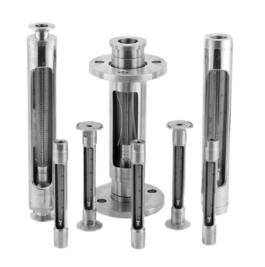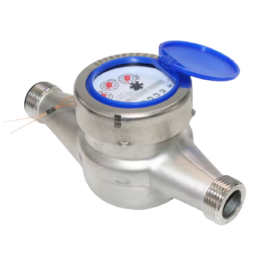Flow Meters
Flow meters are devices used to measure the rate of flow of liquid, gas, or steam in a piping system. There are various types, each with its principle of operation and application. Here are descriptions of some common types of meters:
Differential Pressure Flow: These work on the principle of creating a pressure drop across a constriction in the flow path. Examples include Orifice plates, Venturi tubes, and Pitot tubes. They measure the pressure drop to calculate the flow rate.
Velocity Flow: These measure the velocity of the flowing fluid and calculate the flow rate based on the cross-sectional area of the pipe. Also, examples include electromagnetic, ultrasonic, and turbine flow.
Positive Displacement Flow: These measure the flow rate by repeatedly filling and emptying a fixed volume chamber in the flow path. In addition, examples include piston meters, oval gear, and nutating disks.
Mass: These meters directly measure the mass of the flowing fluid rather than the volume. In addition, examples include Coriolis flow meters and thermal mass flow meters.
Open Channel: These meters are used for measuring the flow of liquids in open channels like rivers, streams, and canals. also, examples include weirs, flumes, and ultrasonic sensors.
Volumetric: These measure the volume of the fluid passing through the meter over a given time. Also, examples include rotary vane, variable area flow, and paddlewheel flow.
Finally, each type has its advantages and limitations, and the selection of the right flow meter depends on factors such as the type of fluid, flow range, accuracy requirements, and installation constraints.
If you have any questions or concerns, we are here to help.
Showing all 2 results


